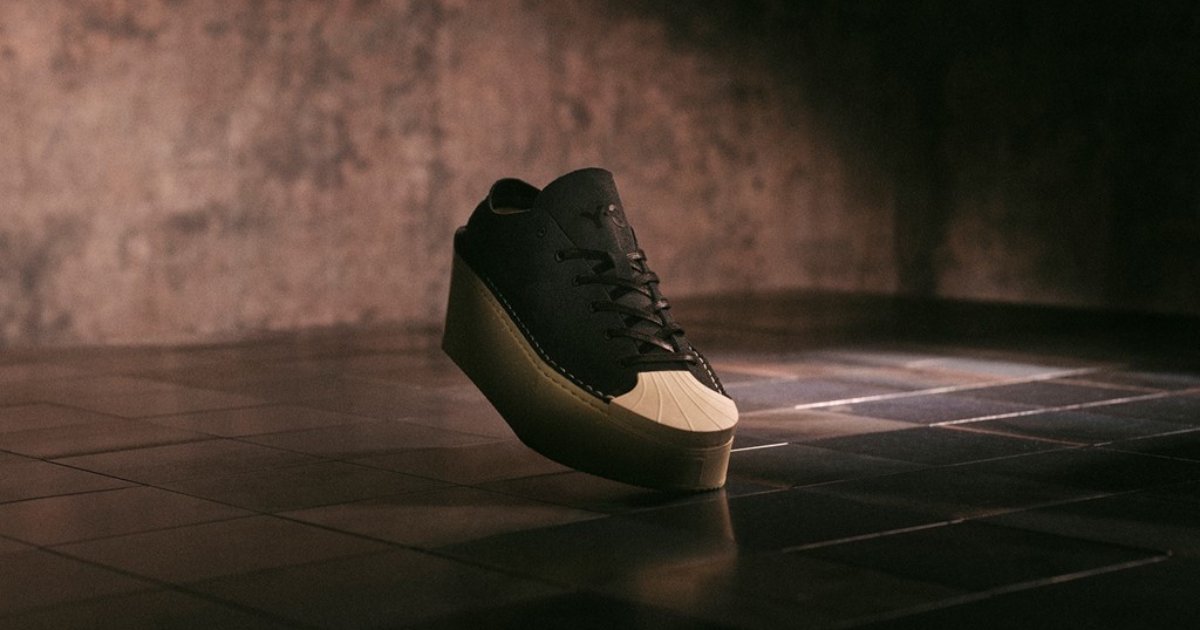
Footwear Companies Test Brand Boundaries
As footwear companies continue to sell off excess inventory, moving forward they are focused on strategies like narrowing their brand assortments and launching limited-time collaborations.
The excess inventory built up during the past two years amid ongoing supply chain issues. And while it’s showing signs of easing, retailers are still cautious in placing orders. Footwear companies have responded by trying to do more with fewer brands, executives said last week at the Fashion Footwear Association of New York (FFANY) Show.
The SG Companies, for example, is ending licensing agreements for some entertainment brands (including PJ Masks and Nintendo) to put more support behind Izod (flip-flops and slides will ship to Kohl’s in the spring) and its own Rugged Shark label, said Regine Bullard, VP of Sales at SG. In fact, Rugged Shark is weighing seeking outbound licensing deals for apparel.
Deckers Brands, which is home to the top-selling UGG and HOKA labels, is seeking a buyer for its Sanuk sandals and shoe brand, which has been struggling with declining sales. The Rockport label, now under the ownership of Authentic Brands Group and licensed to Marc Fisher Footwear, has reunited with its former parent Reebok and is undergoing a rebuilding program. Wolverine Worldwide, home to the Saucony and Merrell brands, is seeking a buyer for the Sperry label, which has been seeking licensing deals. And Footlocker is reducing its reliance on Nike by focusing on brands like Reebok, UGG, and On. Footlocker’s non-Nike business accounted for 36% of its Q3 sales with a goal of hitting 40% by 2026, CEO Mary Dillon said.
“There are pockets of inventory still out there and everyone was optimistic that [they] could hang on to the inventory and business would pick up in Q4 and that didn’t happen,” Bullard said. “The retail environment right now is volatile because you really can’t forecast anything since it has been so up and down. We have seen peaks and valleys.”
That volatility is largely tied to the sell-through of footwear to retailers being much stronger than sell in, something suppliers are hoping normalizes in 2024. That “decoupling” of consumer sales and retailer orders has been evident throughout the year and shows no immediate signs of easing, Skechers CFO John Vandemore said.
“We would like it to cure faster than it has,” said Vandemore, whose company forged collaborations with Snoop Dogg, Martha Stewart, and the Rolling Stones for footwear this year. “We take comfort in the fact that those two must match at some point. What we have seen thus far is a mismatch.”
To encourage that return to balanced consumer sales and retail orders, footwear companies are launching on limited-time collaborations that provide a short-term boost to sales (even as they narrow their brand assortments in the long-term).
Adidas, for example, paired with Japanese designer Yohji Yamamoto on the Y-3 Kyasu high- and low-top sneakers. The brand also launched Friday (December 1) a new version of its “How the Grinch Stole Christmas“-inspired footwear and apparel. The Forum Low x The Grinch adult and juniors collection features the Max and Cindy Lou Who characters. For its part, New Balance collaborated with Ronnie Fieg, founder of the Kith fashion label and a noted New York Knicks fan, on the 990v6 Madison Square Garden-inspired sneakers that launched in November featuring the Knicks’ blue and orange colors.
“We are all addressing the fact that people may want a little bit of a lower profile,” Deckers CEO Dave Powers said. “They want different uses for their product. For us, there is a tremendous opportunity in trail and hike, and we are going heavy after that.”
Yet in seeking out those high-profile collaborations and following those new paths (and new revenue opportunities), footwear companies must be careful not to betray the consumer perception of a brand’s boundaries, footwear executives said.
“The collaborations are tricky because sometimes you have to pay double royalties, so you have to mark up the price a bit,” Bullard said. “But more importantly, you can’t go too far away from the brand DNA, and it has to be a product or brand that is totally relevant to that consumer.”

















